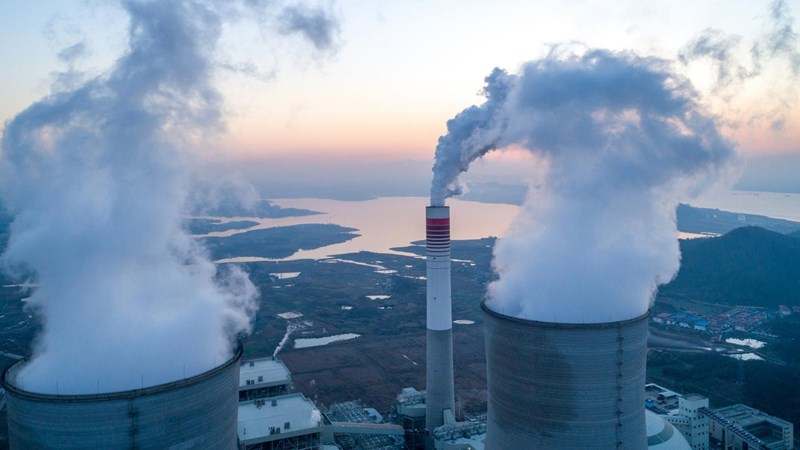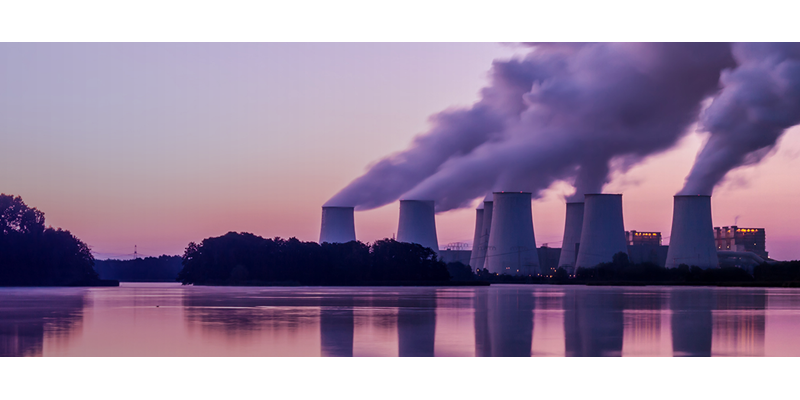A unique, end-to-end solution to screen, analyse and value carbon management projects
Everything you need to know about carbon capture, utilisation & storage
As a means of removing the carbon dioxide created by fossil fuel use, carbon capture, utilisation and storage (CCUS) will be integral to a smooth energy transition.
CCUS isn’t new, so why the fuss now?
It’s true that industrial scale carbon capture projects have been around for half a century — a major project to use waste carbon dioxide from natural gas processing plants in Val Verde Texas in enhanced oil recovery (EOR) was started in 1972. However, it’s only recently that the urgent need to address climate change while ensuring a smooth transition away from fossil fuel use has really turned the spotlight on CCUS technology.

How big is the potential use case for CCUS?
Current global CCUS capacity is around 63 million tonnes per year (Mtpa); under our base case this is expected to balloon to 1,700 Mtpa by 2050. On the face of it that’s impressive growth, but it’s a mere fraction of what would be needed for an orderly energy transition; to constrain global warming to 1.5 degrees above pre-industrial levels, capacity would need to reach a staggering 7,750 Mtpa.

What industries can CCUS help decarbonise?
To date, most CCUS projects have focused on emissions reduction in power generation or gas processing. But going forward, we expect CCUS to expand into other industries (this is a driving force behind the hub and cluster concept, whereby a central CCUS ‘hub’ will process emissions from a range of industrial plants clustered nearby). Cement and steel production — which have limited commercial alternatives to fossil fuel use — will probably lead the way, while the CCS component in the production of blue hydrogen could also be important.

CCUS in numbers
Despite significant growth there's still an order-of-magnitude difference between planned capacity and 1.5-degree alignment
43 million tonnes per year
Current operational CCUS capacity
7x Increase
in planned CCUS capacity in 2021
562 million tonnes per year
Total planned CCUS capacity
5 billion tonnes per year
CCUS capacity required by 2050
to align with 1.5 degrees
Further considerations
While good progress has been made, there are still some key issues that need to be looked at:
A key factor is that sequestering CO2 doesn’t itself generate revenue. What’s more, CCUS costs remain high when compared to the current global weighted average carbon price in the compliance market. Successful projects have found the right balance of cost and incentive, but the future of CCUS will depend on internationally coordinated carbon pricing and incentive structures to make the technology viable.
Until now, CCUS has been dominated by amine-based processes. Capturing carbon dioxide from sources with lower levels of concentration, at scale and more cheaply, will require improved technology. Added to this, the corrosive nature of CO2 can make transportation costly and storage an issue; even when suitable locations can be found, rigorous measures are needed to ensure their integrity.
Strengthened net zero targets have built momentum behind CCUS. Hub projects are in the pipeline all over the world, enabling more industries to employ carbon capture and bringing down costs. But above all, rolling out CCUS at scale will require effective policy support and well-structured carbon pricing schemes. Only then will the goal of reaching 7,750Mtpa by 2050 become possible.
Read more about CCUS
Loading...

3rd Annual
Carbon Capture, Utilization & Storage (CCUS) Conference
Join us from 8-9 October 2025 in Houston, TX






